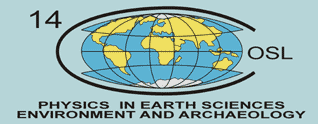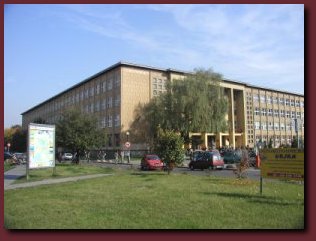

  |
GLIWICE RADIOCARBON LABORATORYOur history
The isotope chronometry in Gliwice started in 1967, after the late Professor Włodzimierz Mościcki and the group of his co-workers moved to the Silesian University of Technology in Gliwice, together with the most essential part of the 14C Laboratory technical support previously located in Gdańsk. The equipment brought consisted of a proportional detector with a counter and material shields (later named the L1 counter), parts of a lamp electronic device for data registration and fragments of the vacuum installation for carbon dioxide preparation for 14C isotope activity measurements.
After a few years of intensive work the 14C Laboratory in Gliwice started its activity, at first as an informal unit of the University administration structure. After the death of Professor Włodzimierz Mościcki in 1977, the 14C Laboratory was led by Mieczysław F. Pazdur. Nowadays Anna Pazdur holds the 14C Laboratory managing position. In the field of radiocarbon chronometry or more general isotope chronometry, the last 40 years brought a significant experience and systematic development which led to forming of a scientific centre in Gliwice. The centre has a great local importance and a strong international position. The number of 14C dating devices increased from one to six proportional counters and was further extended by a modern liquid scintillation spectrometer QUANTULUS 1220 and vacuum lines for preparation of graphite targets for AMS dating. By the end of 2006 the number of publications concerning the research results consisting of scientific or popular publications, reviews, papers prepared for local and international conferences exceeded 570 items. At this point the establishing and the continuing of the series of GEOCHRONOMETRIA which until now consist of 26 volumes should be mentioned. The most important achievements in the 14C Laboratory history are in the field of dating Quaternary formations, chronology of archaeological cultures and in the field of dating results interpretation methods and palaeoenvironmental reconstruction. Since 1983, Gliwice Radiocarbon Laboratory is a host of the Conference "Methods of Absolute Chronology". More than 10,000 dates was determined for the needs of palaeoenvironmental (geological, palaeogeographical and palaeobotanical) research carried out in Poland. Many of them were published in the international journal RADIOCARBON. Beside radiocarbon dating of domestic geological and archaeological sites, the big number of works was carried for international projects carried out abroad by Polish and international groups of researchers. Out of the total number of 14C analyses 65% is for geological and palaeoenvironmental, 25% for archaeological, and 10% for present environment research purposes. |